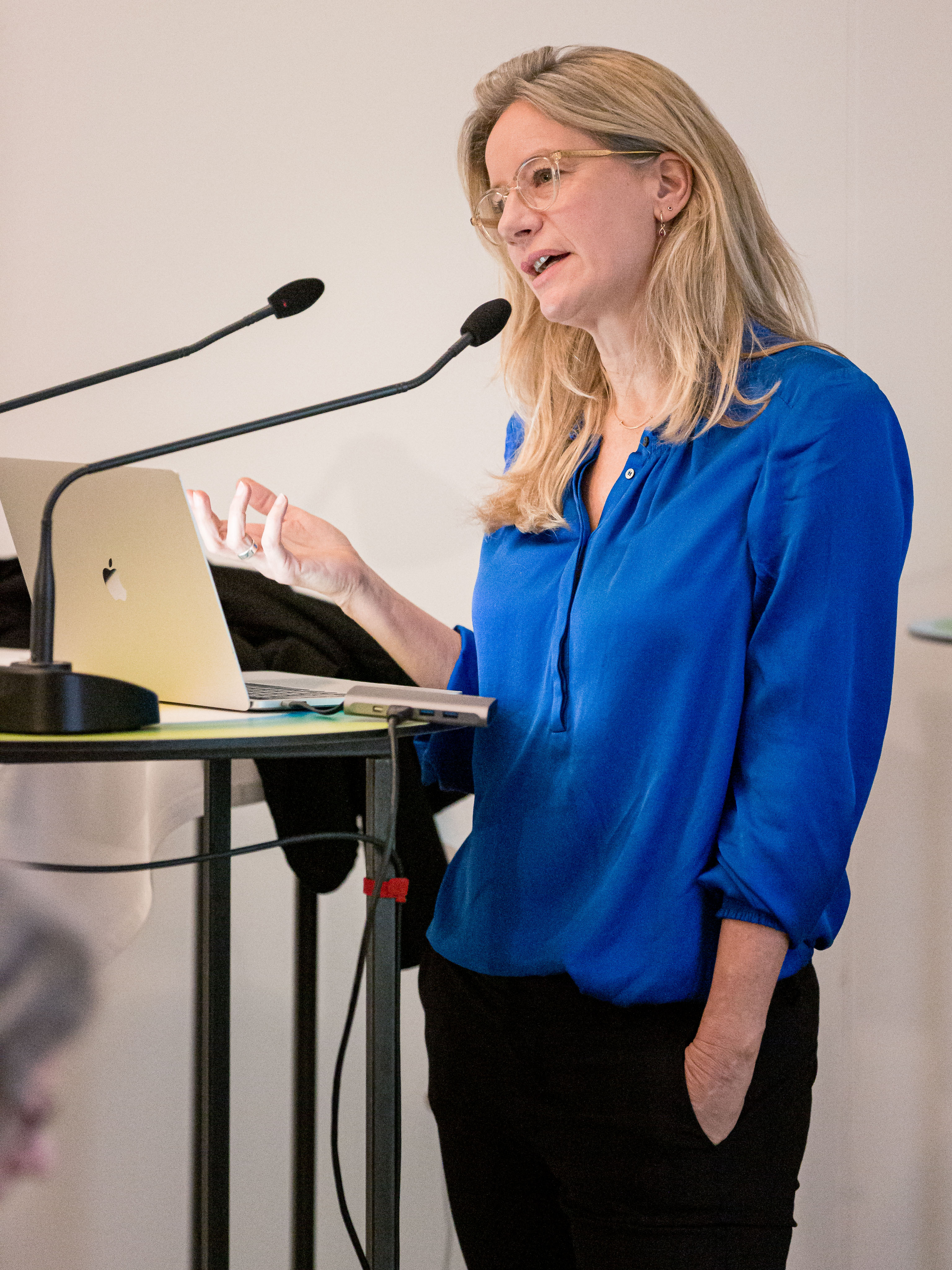English

Resume
Please download resume here.
News
PHD Research 2021 – 2024
The impact of typography on digital communication in Easy-to-Read language | READSEARCH | UHasselt, Belgium
READSEARCH on Instagramm
Research Project LeiSaparti – 2020/21
Accessible Scientific Communication at the University of Cologne.
Link to project
DIN work 2020–23
DIN committee DIN Spec 33429 Leichte Sprache
Link to DIN Project
Publication
12/2020 | Articel Visible Language in English download
Talks 2022
1.7.2022 | Haus der Kunst, Munich
18.3.2022 | Weissraum, Innsbruck
Talks english
31.10.2020 | ATypI all Over
Deutscher Designtag
11.2.2020 | Position Deutscher Designtag
Sabina Sieghart
Sabina Sieghart is a designer, lecturer and design researcher (Dipl. Communications designer, MA CD Design Research and PHD Candidate). Currently she is working on her PHD at READSEARCH, UHasselt in Belgium. She owns a communication design office in Munich, teaches typography and editorial design. Her research field is easy-to-read language and typography.
Research
About 20 % of the German population has insufficent reading and writing skills to be able to participate fully in professional and social life. Linguistic and
social science research tends to forget the effect of design and typography in a multimodal communication. I began working on this topic in 2016 and was able to
conduct research into macrotypographic issues as part of the extensive LeiSA study. My subsequent Master’s degree allowed me to deepen my knowledge of research methods and gain expertise in funding applications. In 2018 I had the opportunity to conduct a second participatory study with 145 weak readers on microtypographic aspects of legibility. Presenting my research results in lectures led to workshops for the Swiss government and to their practical implementation, e.g. by a legal publishing house. Issues of text comprehensibility concern a much larger target group than initially thought. In digital implementation, technical innovations such as variable fonts (VAR) might be able to increase comprehensibility through userspecific settings. We are currently conducting a study researching accessible scientific communication. Since November 2021, I am a PHD Candidate at READSEARCH, UHasselt, Belgium. My topic is the impact of typography on digital communication in Easy-to-Read language.
I contribute the results of my research through my work in the inclusive communication design group of the Deutscher Designtag and as a member of the DIN committee DIN Spec 33429 Leichte Sprache and the group Lesbar – Typografie in der Wissensvermittlung (readable typography in knowledge transfer).
Teaching
I have taught typography and editorial design on a part-time basis since 2004, and have lectured in this capacity at the University of Applied Sciences in Salzburg, Austria from 2008 – 2020. I supervised bachelor and master students for six hours a week. Besides imparting typographic knowledge and teaching them design tools, I also endeavour to inspire them with passion and enthusiasm for design communication. Independence, creativity and reflection are, after all, the basis of our profession. I regularly organise excursions for my students and invite fellow designers to speak to them in order to broaden their horizons. We have also acquired several third-party funding projects. Since beginning my own research, I have also taught design research courses (at FH Vorarlberg, Austria) and further education courses (Certificate of Advanced Studies, HKB Bern, Switzerland).
Design Experience
After working for the late Rolf Müller in Munich and for J. Abbott Miller in New York – both renowned designers and AIGA members – I started my own studio in Munich in 1999. For 5 years I led a global corporate design project, working closely with Erik Spiekermann and leading a team of 6 international designers. We understand design as a discipline of interfaces – between products and users, between abstract thought and concrete perception, between the rational and the emotional. In order to determine the framework conditions of a project and the content to be communicated, we draw on findings and methods from related disciplines such as perception theory, behavioural psychology and opinion research. We orient our concept development on specific scenarios: The focus is not only on the product, but also on the environment in which it should be applied. Thus, we are able to find the appropriate media. Our expertise, experience and passion, guarantees optimal function of the product in terms of content and technology. Only the result counts! The customers experience the quality of a product with their senses. We attach great importance to excellent typography. Hand-picked teams for production and programming ensure optimal implementation. Recently, the results of research have had a significant influence on practical work.